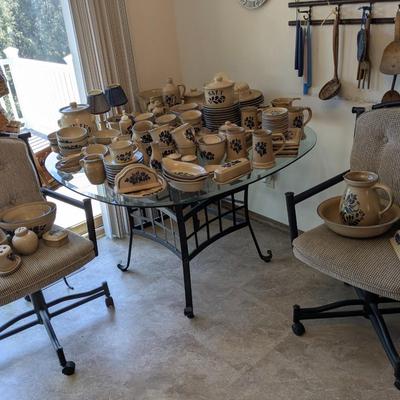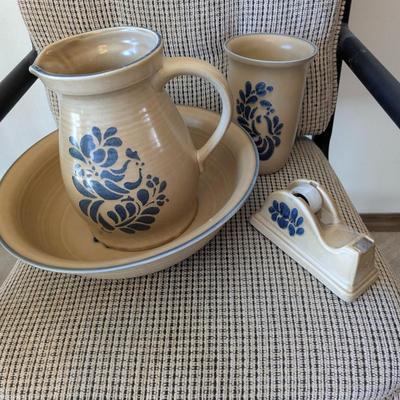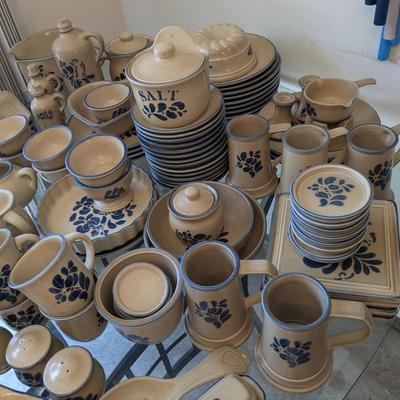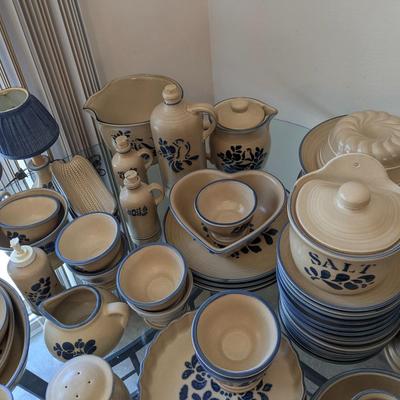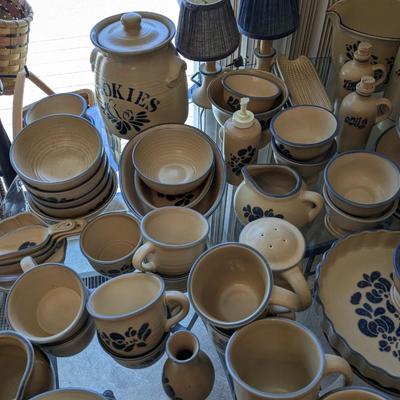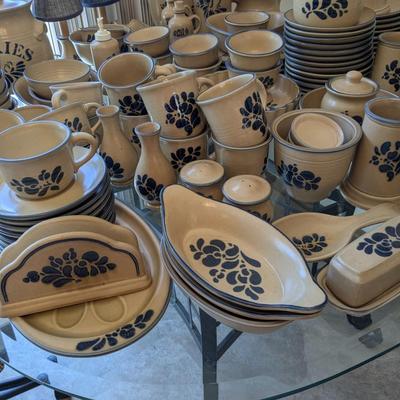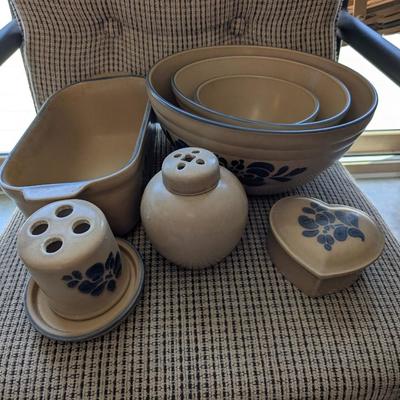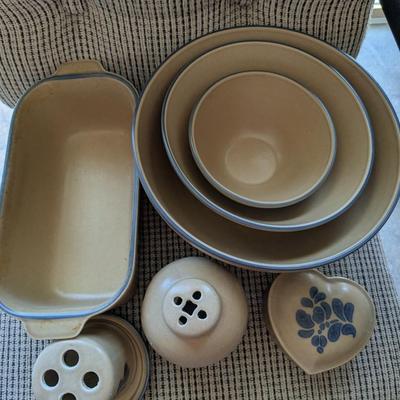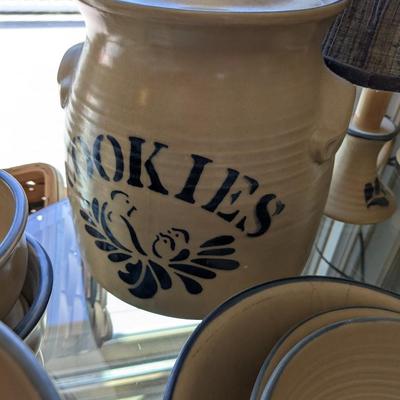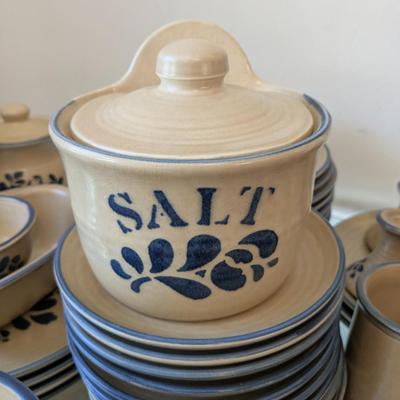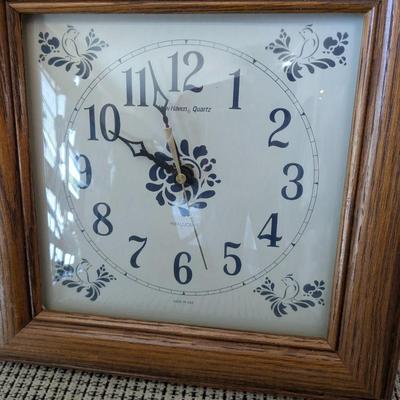-
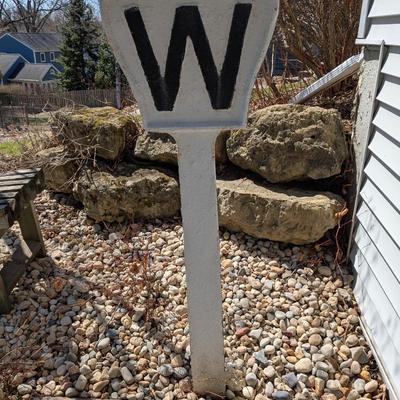
The Whistle Post is placed at the approach of a crossing along railroad tracks. The W signals the engineer that he is approaching a crossing. The engineer then blows the whistle to warn oncoming traffic. Two long blasts, a short blast, and another long blast is the standard signal for trains entering upcoming crossings. Buried in dirt. 901 / 926 -
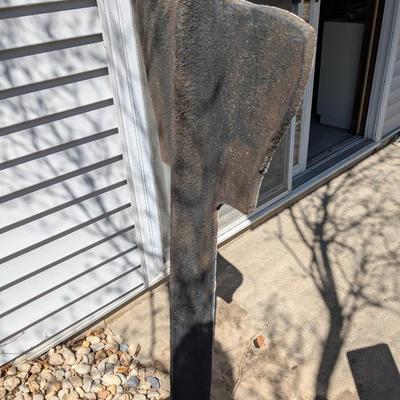
The Whistle Post is placed at the approach of a crossing along railroad tracks. The W signals the engineer that he is approaching a crossing. The engineer then blows the whistle to warn oncoming traffic. Two long blasts, a short blast, and another long blast is the standard signal for trains entering upcoming crossings. Buried in dirt. 902 / 926 -
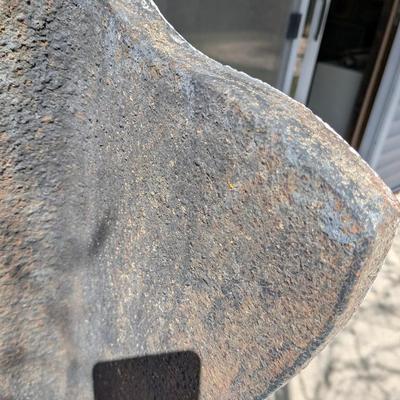
The Whistle Post is placed at the approach of a crossing along railroad tracks. The W signals the engineer that he is approaching a crossing. The engineer then blows the whistle to warn oncoming traffic. Two long blasts, a short blast, and another long blast is the standard signal for trains entering upcoming crossings. Buried in dirt. 903 / 926 -
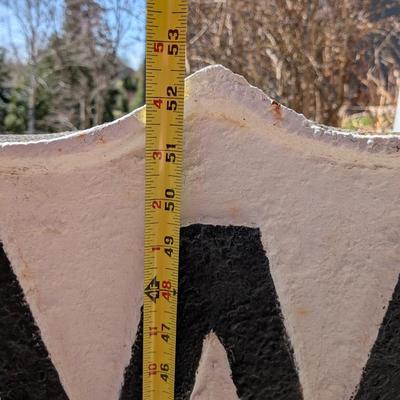
The Whistle Post is placed at the approach of a crossing along railroad tracks. The W signals the engineer that he is approaching a crossing. The engineer then blows the whistle to warn oncoming traffic. Two long blasts, a short blast, and another long blast is the standard signal for trains entering upcoming crossings. Buried in dirt. 904 / 926 -
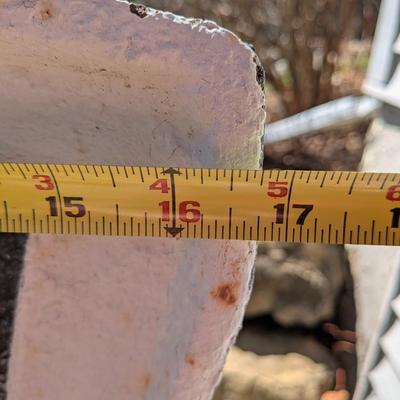
The Whistle Post is placed at the approach of a crossing along railroad tracks. The W signals the engineer that he is approaching a crossing. The engineer then blows the whistle to warn oncoming traffic. Two long blasts, a short blast, and another long blast is the standard signal for trains entering upcoming crossings. Buried in dirt. 905 / 926 -
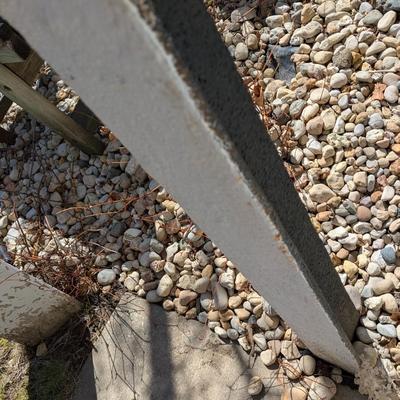
The Whistle Post is placed at the approach of a crossing along railroad tracks. The W signals the engineer that he is approaching a crossing. The engineer then blows the whistle to warn oncoming traffic. Two long blasts, a short blast, and another long blast is the standard signal for trains entering upcoming crossings. Buried in dirt. 906 / 926 -
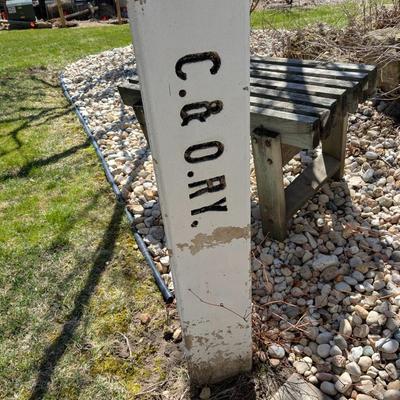
Great shape Buried in dirt 907 / 926 -
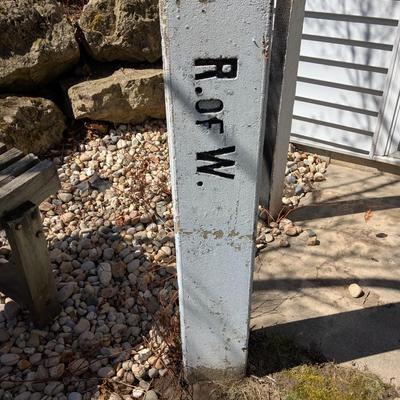
Great shape Buried in dirt 908 / 926 -
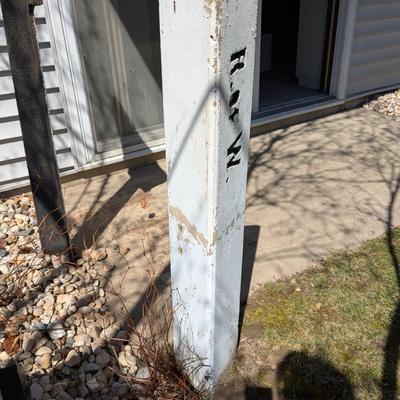
Great shape Buried in dirt 909 / 926 -
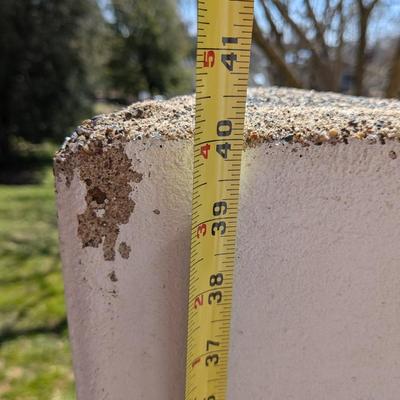
Great shape Buried in dirt 910 / 926 -
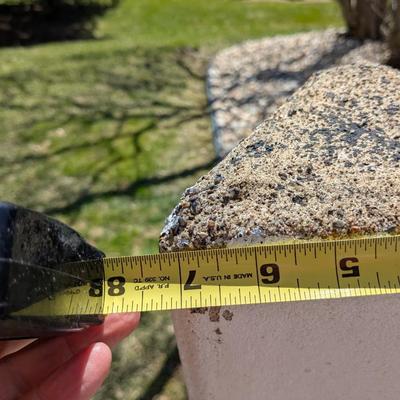
Great shape Buried in dirt 911 / 926 -
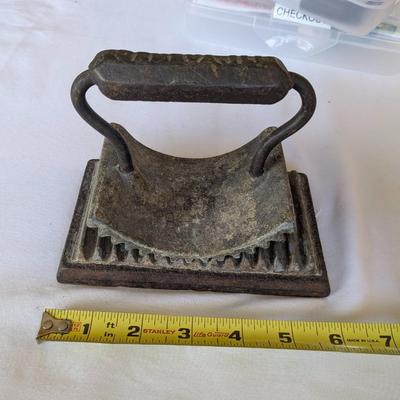
This antique cast iron fluter is a unique piece that will add character to any kitchen. The hand-operated fluter is made of durable cast iron and was manufactured in the United States. It is suitable for fluting garments and comes with a weight of 4.4 lbs. The fluter is branded as Geneva and has a patent date of 1866. It is a great collectible item for those interested in vintage sewing equipment. 912 / 926 -
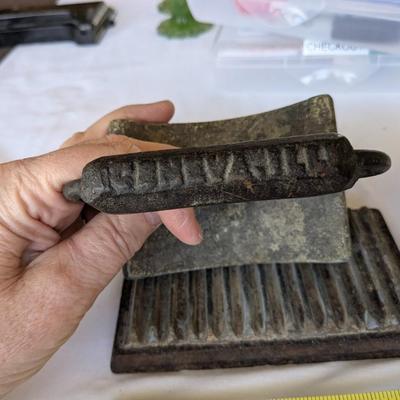
This antique cast iron fluter is a unique piece that will add character to any kitchen. The hand-operated fluter is made of durable cast iron and was manufactured in the United States. It is suitable for fluting garments and comes with a weight of 4.4 lbs. The fluter is branded as Geneva and has a patent date of 1866. It is a great collectible item for those interested in vintage sewing equipment. 913 / 926 -
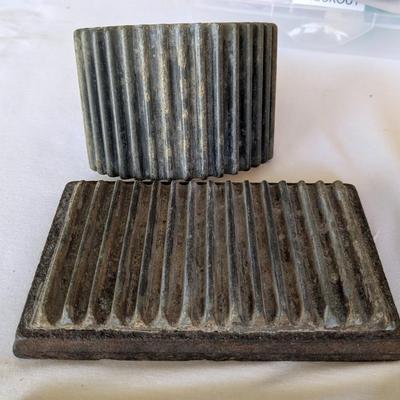
This antique cast iron fluter is a unique piece that will add character to any kitchen. The hand-operated fluter is made of durable cast iron and was manufactured in the United States. It is suitable for fluting garments and comes with a weight of 4.4 lbs. The fluter is branded as Geneva and has a patent date of 1866. It is a great collectible item for those interested in vintage sewing equipment. 914 / 926 -
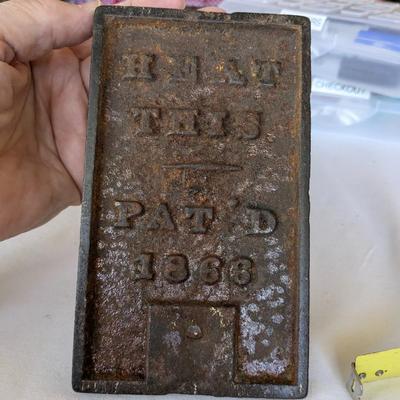
This antique cast iron fluter is a unique piece that will add character to any kitchen. The hand-operated fluter is made of durable cast iron and was manufactured in the United States. It is suitable for fluting garments and comes with a weight of 4.4 lbs. The fluter is branded as Geneva and has a patent date of 1866. It is a great collectible item for those interested in vintage sewing equipment. 915 / 926
Photos 901 - 926 of 926
Per page:
